Prefabricated Living Spaces Are Coming Into Their Own
In these unsettling times, no one is blaming anyone for needing some extra space. And so it comes as no surprise that makers of prefabricated homes, and startups offering DIY kits, are buzzing with inquiries.
Often built offsite, shipped to your front door (or wherever you want), and quickly assembled, prefab structures promise the relief of extra space without the headache of a traditional renovation. Taking shape as anything from “remote” home offices—separating work from home when you can’t not work from home—or even a swiftly built getaway cabin, there are plenty of design-driven options that are breaking the mold.
Here are just a few of the structures that are everything but out of the box.
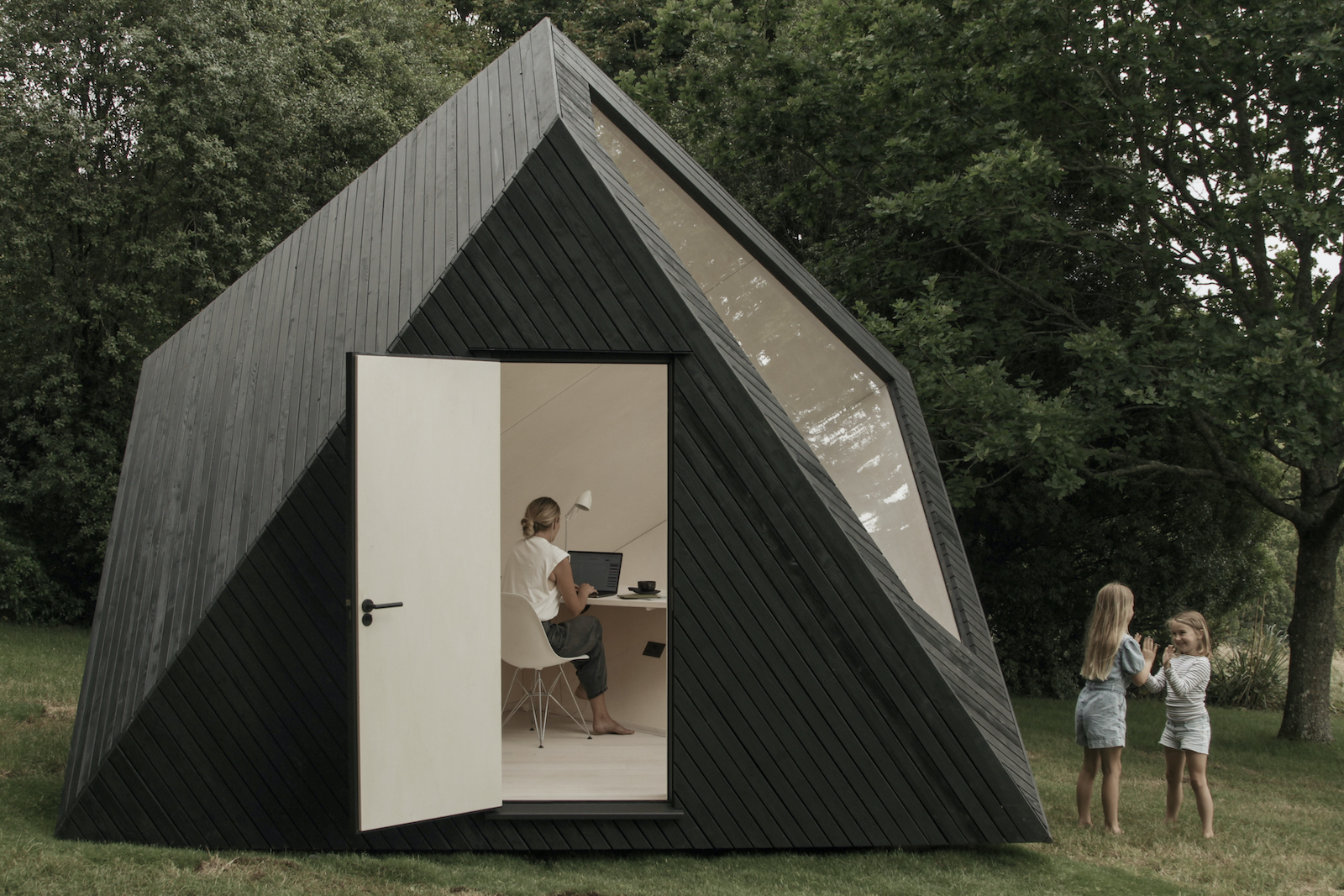
Koto Home Office
Nature is the point of Koto Design’s new modular home office. Designed in partnership with New Art Centre, the geometric, all-timber units feature an angular window that frames the outdoors—or a prim garden if you’re lucky enough to have one. They are carbon neutral and designed with the Japanese philosophy of Wabi Sabi in mind. Charred timber and sculptural exterior walls ease into the surroundings, making this prefab design a piece of art in and of itself.
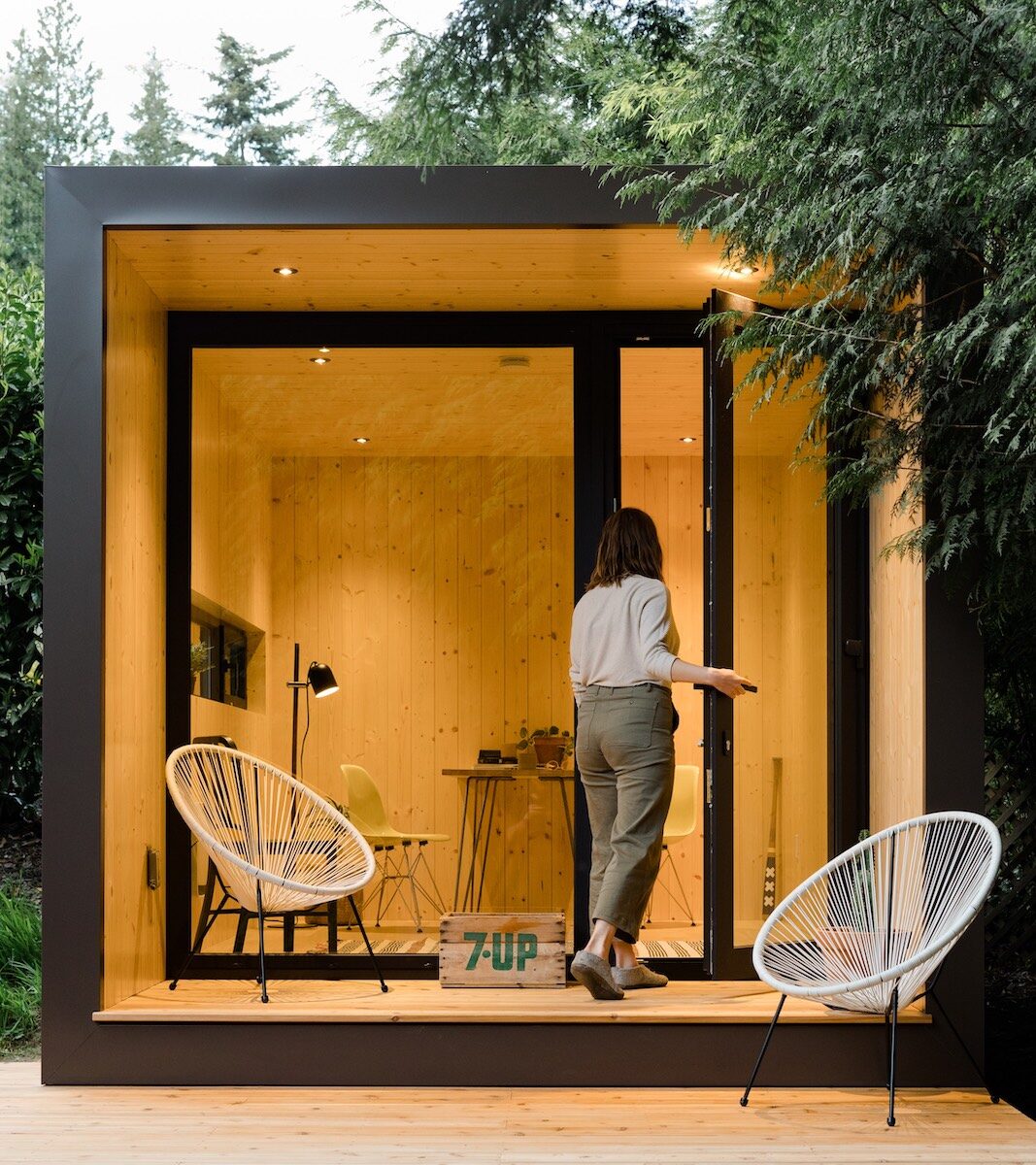
Aux Box
Plenty of fast construction takes shortcuts, whether in quality or methodology, but British Columbia’s Aux Box looks to optimize the process with less mess, cost, and inefficiency. Its process is simple, building designs offsite (where everything is under its control) in order to create prefab, cube-like structures that feature full, solar cooled glass walls. After it ships, Aux Box’s signature unit is ready to use the same day it arrives.
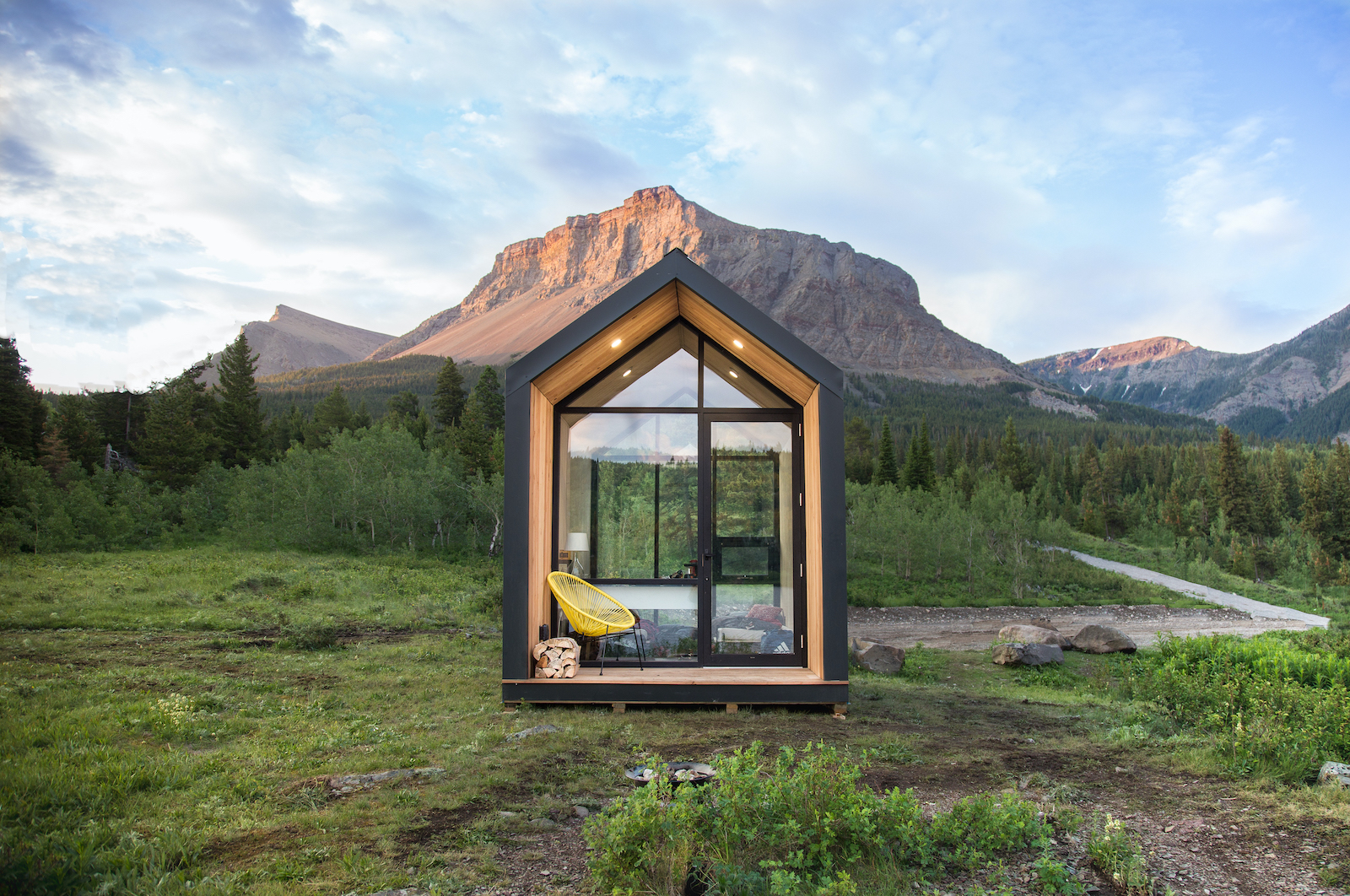
Drop Structures
Alberta’s DROP Structures, true to its name, recently dropped the Micro, the smallest of their prefab units. They are envisioned as a bite-sized workspace for the new work-from-home world. But if a little extra room is no issue, their original Mono unit, at nine feet 10 inches wide and 16 feet long, brings the best of form and function to the forefront. Here, the materials matter: the unit is complete with a cedar-wrapped deck, designed with long walls and a vaulted ceiling that’s finished in Baltic birch, plus floors covered in dark vinyl tiles like soft leather.
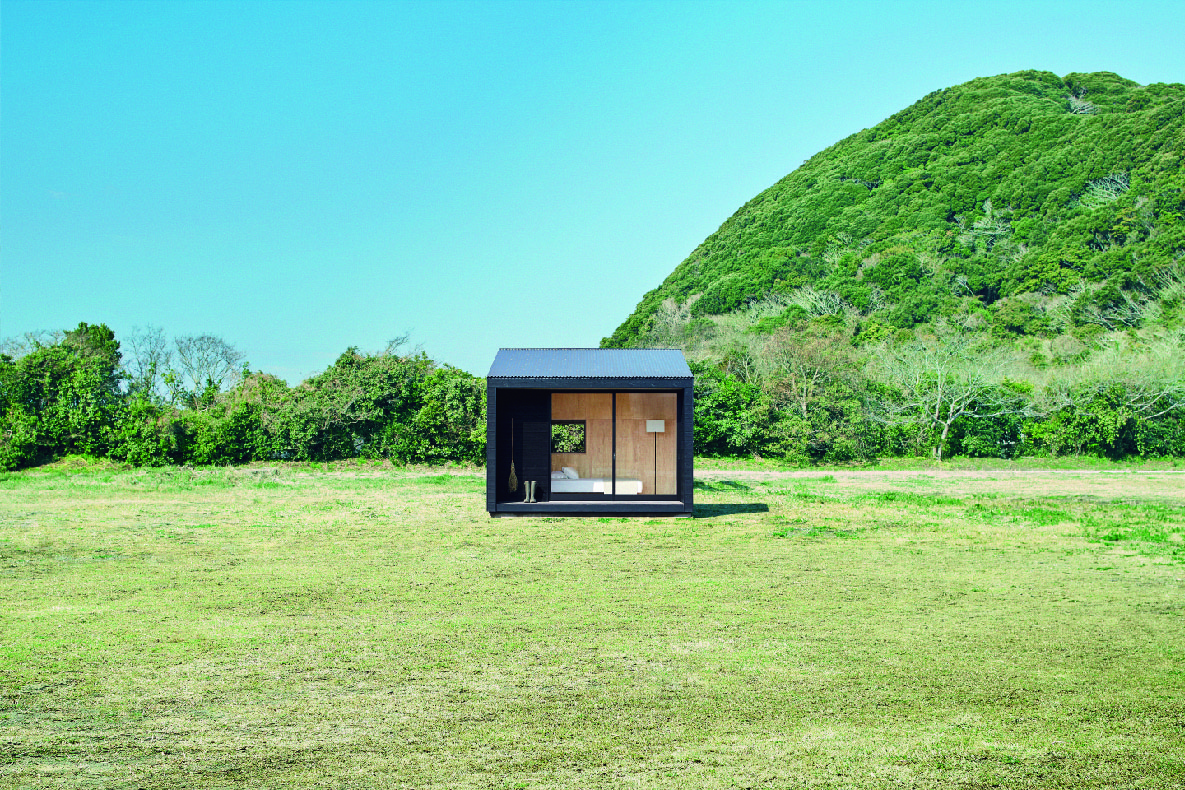
Muji Hut
Minimalism meets its match at Muji, which introduced a limited batch of prefab structures years ago that remain among the most exclusive (they’re only available within Japan). Called the Muji Hut, its most compact design measures just 9 square metres, and shows how little details go a long way. A burnt cedar exterior contrasts with warm Japanese cypress interiors, all perfectly designed for the brand’s perfectly minimal furniture.
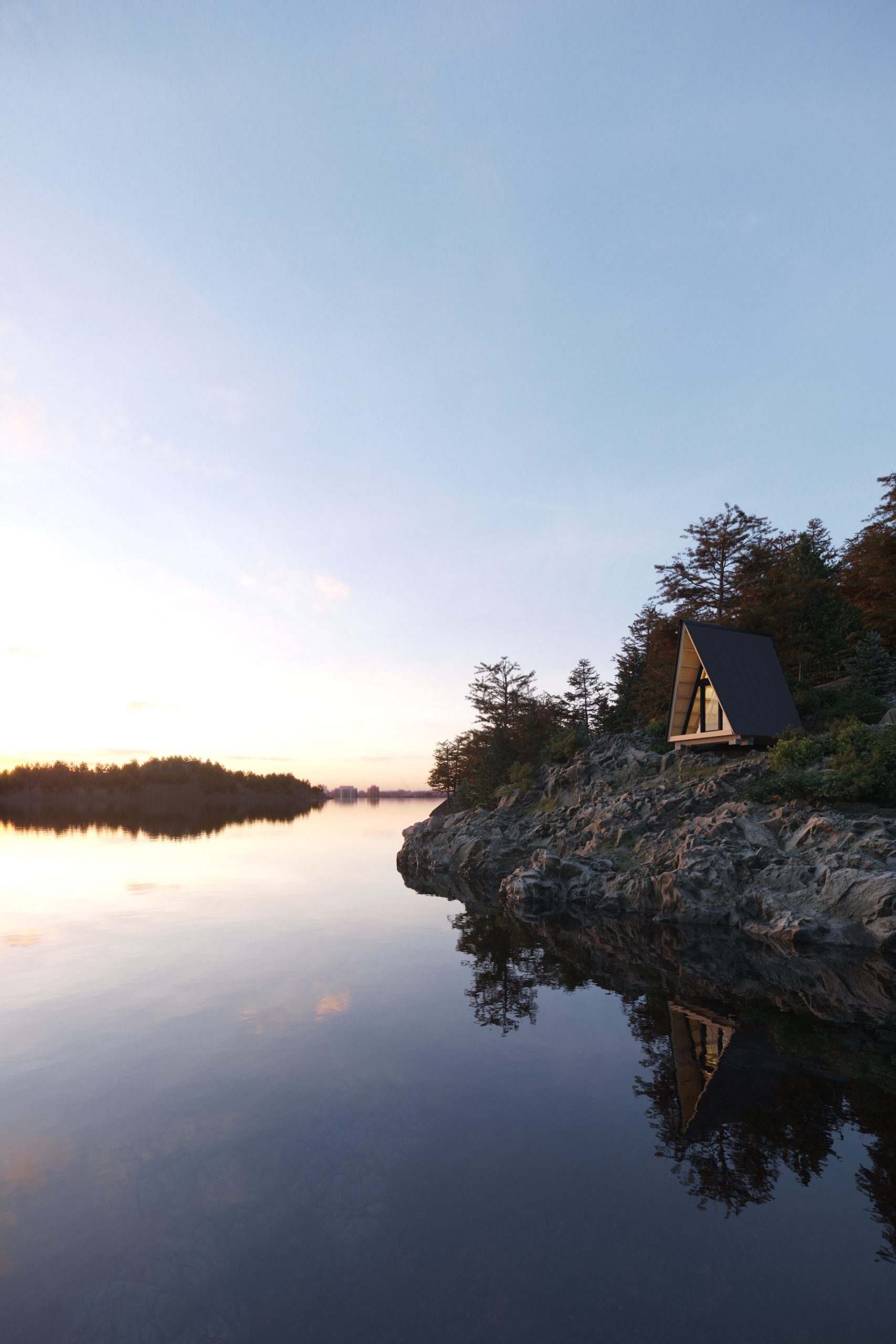
Backcountry Hut Company
Geared toward the backcountry and the beach, it can take less than a week to build The Backcountry Hut Company’s Arrowhead A-Frame, called System 00, its most minimal and nimble product. Measuring just 10 by 10 feet, it’s the pinnacle of multi-purpose space—make it a bunkhouse, home office, or even a yoga studio if you like—that’s complete with a step-by-step building guide, and extra peace of mind (all of its materials are sustainably fabricated in Courtenay-Comox).
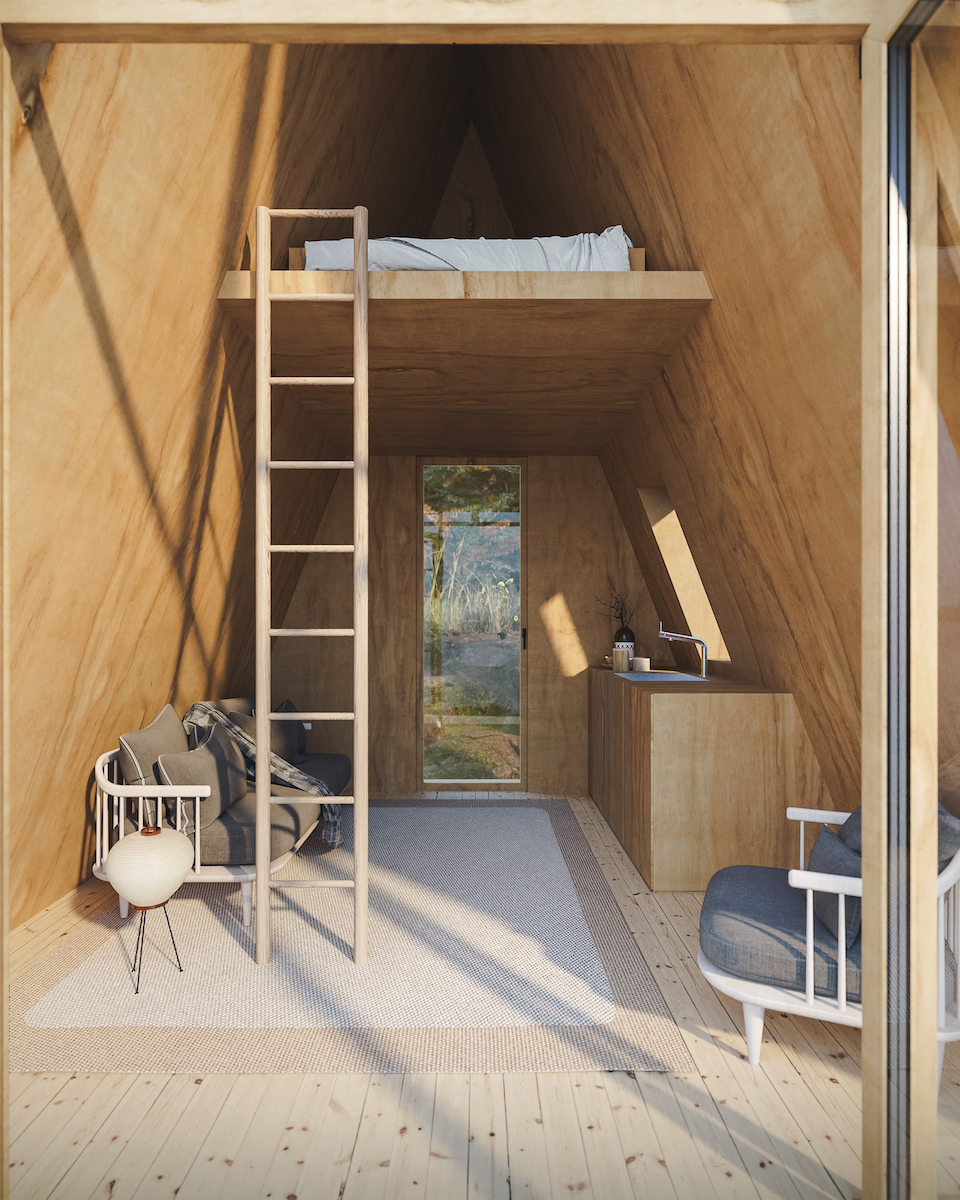
Den Outdoors
Continuing the trend of DIY kit construction, Den Outdoors, based in New York’s Hudson Valley, has it all planned out. You build cabins, with your own hands, once you have one of their blueprints in hand. All-modern with steeply sloped A-frame architecture, its plans are as small as 144 square feet, with everything a first-time builder might need (from a full architectural plan to recommendations for windows and cabinetry).
_________
Never miss a story. Sign up for NUVO’s weekly newsletter, here.




